When Francis Ford Coppola made a Soviet sex monster film: The B-movie beginnings of the maker of ‘The Godfather’
Sixty years before the very expensive and recently released ‘Megalopolis,’ one of the members of the New Hollywood movement began his career with Roger Corman, king of low budget movies
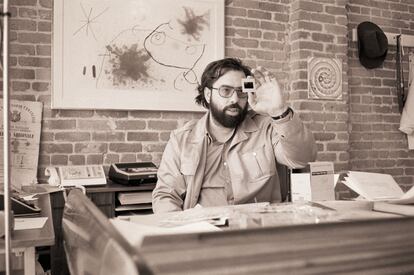

Ever since Megalopolis was screened at the Cannes Film Festival in May, one of the most talked-about eccentricities involving the latest film by the 85-year-old Francis Ford Coppola is the scene where the main character, Adam Driver, speaks directly to the movie audience. The breakdown of the fourth wall simulates a news conference: the lights go on and, in front of a microphone, a real person stands up to ask a question.
Megalopolis only has this option at festivals and special screenings, while in conventional sessions the question is pre-recorded. A result of Coppola’s interest in “live cinema,” to which he dedicated an essay in 2017 and which proposes the development of part of the action in the movie theater, the initiative — if it had been implemented in commercial cinemas —could be a wink to the tricks of William Castle, a director and producer of B-movies famous for introducing interactive gimmicks in the 1950s and 1960s, such as surveys to decide how the plot should unfold or skeletons flying through the room.
Megalopolis, the production that Coppola has taken 40 years to get off the ground, is far from belonging to that low-budget world. Before filming began at the end of 2022, the project was surrounded by expectation and morbidity due to the foreseeable financial disaster facing the director, who raised $120 million to produce the film by selling part of his vineyards.
It is not the first time that one of his works becomes a sinkhole for his money: in the 1980s he put out several box office failures and had to declare bankruptcy after Hunch (1982), which forced him to churn out more commercial titles such as The Godfather: Part III (1990) or Bram Stoker’s Dracula (1992) to pay off his debts. Previously, the tortuous filming of Apocalypse Now (1979) almost tripled its initial budget, although the film was a success and the investment was more than recovered. The evolution is perhaps ironic for someone who was a favorite student of the filmmaker Roger Corman, author of How I Made a Hundred Movies in Hollywood and Never Lost a Dime.
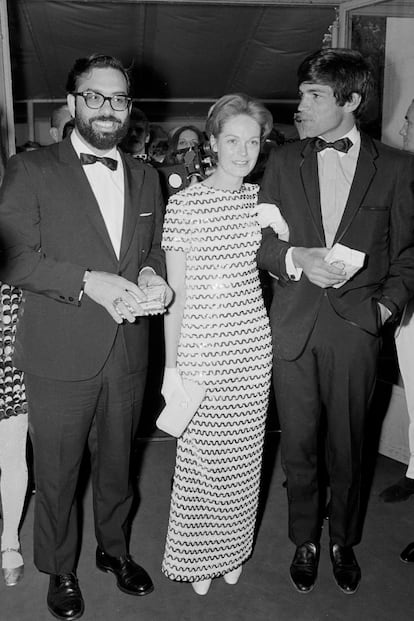
Corman, who died in May 2024 at the age of 98, opened the doors of the industry to many of the artists who would later form the so-called New Hollywood movement, such as Coppola, Martin Scorsese, Peter Bogdanovich, Jack Nicholson and Dennis Hopper. In addition to directing horror classics such as Little Shop of Horrors (1960), The Pendulum of Death (1961) and The Man with the X-Ray Eyes (1963), as a producer he developed a model for optimizing tiny budgets, with a large pool of imaginative professionals in different departments. Coppola, therefore, quickly became familiar with the aspects of a production.
“They were people who did everything. They could be dialogue director, sound operator, editor, second unit... Corman’s system was unstoppable, very cheap and wonderful for him, since he practically only used interns whom he paid pennies,” notes the film critic and historian Joaquín Vallet, co-author of Roger Corman: Poe, monsters and aliens.
Before he crossed paths with Corman, Coppola entered the seventh art with erotic films known as nudie-cuties, a soft semi-porn genre that showed naked women without actually depicting explicit sex. It was the shortcut by which some UCLA Film School students earned their first salaries in the early 1960s and, on these assignments, the man who would one day direct The Godfather (1972) developed a great skill as an editor, being able to combine material from several failed films into one or add scenes to adapt them to the adult market. One example is The Bellboy and the Playgirls (1962), a film that drastically altered the German drama Alle Sünden Dieser Erde (1958) by incorporating extra minutes of nudity, directed by Coppola.
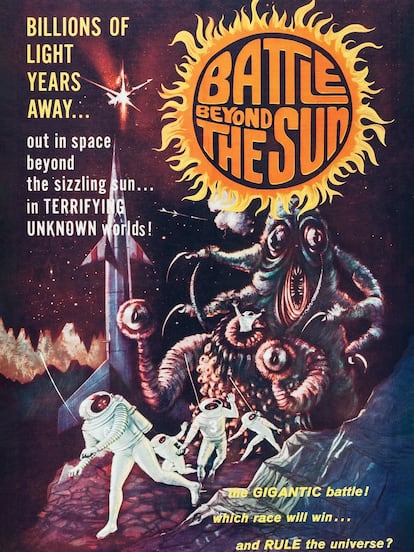
The first commission that Roger Corman gave the twenty-something Coppola was of a similar nature. Corman acquired the Soviet movie Nebo Zovyot (1958) for U.S. distribution; the plot is set in the future, where there is a space race between two Cold War superpowers to be the first to reach Mars.
Coppola took on the task of eliminating all political references and any trace of Russian, such as Cyrillic letters, names (even those of the cast and crew in the credits) and symbols, to pass it off as an American science fiction film with space creatures. The final work — Battle Beyond the Sun (1962) — barely met the minimum length for a feature film and, at the suggestion of the young filmmaker, included a scene featuringa battle between aliens resembling a toothed vagina and a monstrous penis. Impressed with his work, Corman promoted Coppola, who the following year directed his first feature film, Dementia 13 (1963).
A creator against the system
Dementia 13 was largely a film cobbled together by Roger Corman’s austerities: the producer managed to complete filming of Rivals but Friends (1963) in Ireland without exhausting his already meager budget, so he gave the remaining $22,000 to Coppola, who was working on the production as a soundman, with instructions to remain in the country with some of the cast and crew in order to come up with another film.
Coppola was instructed to copy Hitchcock’s Psycho (1960), but the young filmmaker enticed the producer with the lure of adding axe murders. He developed a script with Jack Hill in record time and raised more money by selling the rights abroad. “It cost about $40,000 in total, which is the same as nothing, and it was shot in nine days. The Terror (1963), another film in which he collaborated without being credited, was also shot using the sets of another production that had just finished. They were projects that existed for the sake of profit,” says Joaquín Vallet.
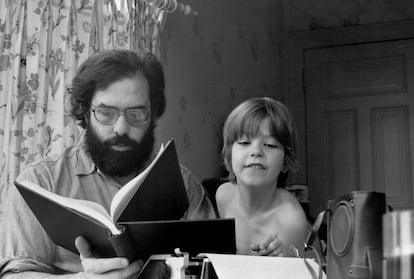
Coppola’s official feature film debut, Dementia 13, follows a widow who attempts to claim her mother-in-law’s fortune by impersonating the ghost of her deceased daughter. Featuring some erotic elements, the film is notable for being ahead of its time in foreshadowing the slasher subgenre, with violent serial crimes and a character reminiscent of Dr. Loomis from Halloween (1978). In horror terms, this type of character is known as an “Ahab” (after the captain obsessed with hunting Moby Dick) — someone fixated on the killer, their psychology, methods, and ultimate capture.
Rodney F. Hill, a film professor at New York’s Hofstra University, where the filmmaker trained, and co-author of The Francis Ford Coppola Encyclopedia (2010), believes that “as a low-budget horror film, it holds up pretty well, with its strange cast of characters, Freudian themes and disturbing visual effects.” He also points out that Coppola’s company, American Zoetrope, released a director’s cut on Blu-Ray, “which indicates that Coppola retains some pride in the film.”
Is it possible to speak of an authorial Coppola in a product like Dementia 13? The writer Joaquín Vallet thinks so: “You can say it perfectly. Corman controlled a production system with a budget that should not be overextended. To a large extent, he did not care what came out, so there was room for incipient authorial traits. For example, in 1972 Scorsese made the film Boxcar Bertha with Corman, with all its religious paranoia, death and whatever else he wanted. Dementia 13 is very cheap, very simple, but, I don’t know if perhaps because of the fact of being conditioned, you do see Coppola in it. Not the one from The Godfather or Apocalypse Now, but a few formal resources, a kind of baroque, very solemn internal element that deviates from what was done for Corman. A strange, embryonic element is perceived, even if it is very subtle.”
As well as being the film in which Coppola met his wife Eleanor, who died last April and was then working in production as an assistant art director, Dementia 13 served to launch the career of the director, who gradually aimed for more ambitious ventures. After writing scripts for others, Coppola’s second film, You’re a Big Boy Now (1966), was at the Oscars and Cannes; he managed to direct a musical with Fred Astaire, Petula Clark and Tommy Steele (Rainbow Valley, 1968) and for his fourth feature film, It Rains on My Heart (1969) — which won a Golden Shell at the San Sebastian Film Festival — he created Zoetrope, a production company with which to apply the practices he’d learned with Corman and give a chance to new authors.
Only he had different intentions: Coppola intended to subvert the Hollywood studio system and compete directly against commercial cinema. Through Zoetrope, Coppola produced the first films of George Lucas (co-founding partner of the company) and also financed Jean-Luc Godard, Akira Kurosawa, Wim Wenders and, of course, his daughter, Sofia Coppola.
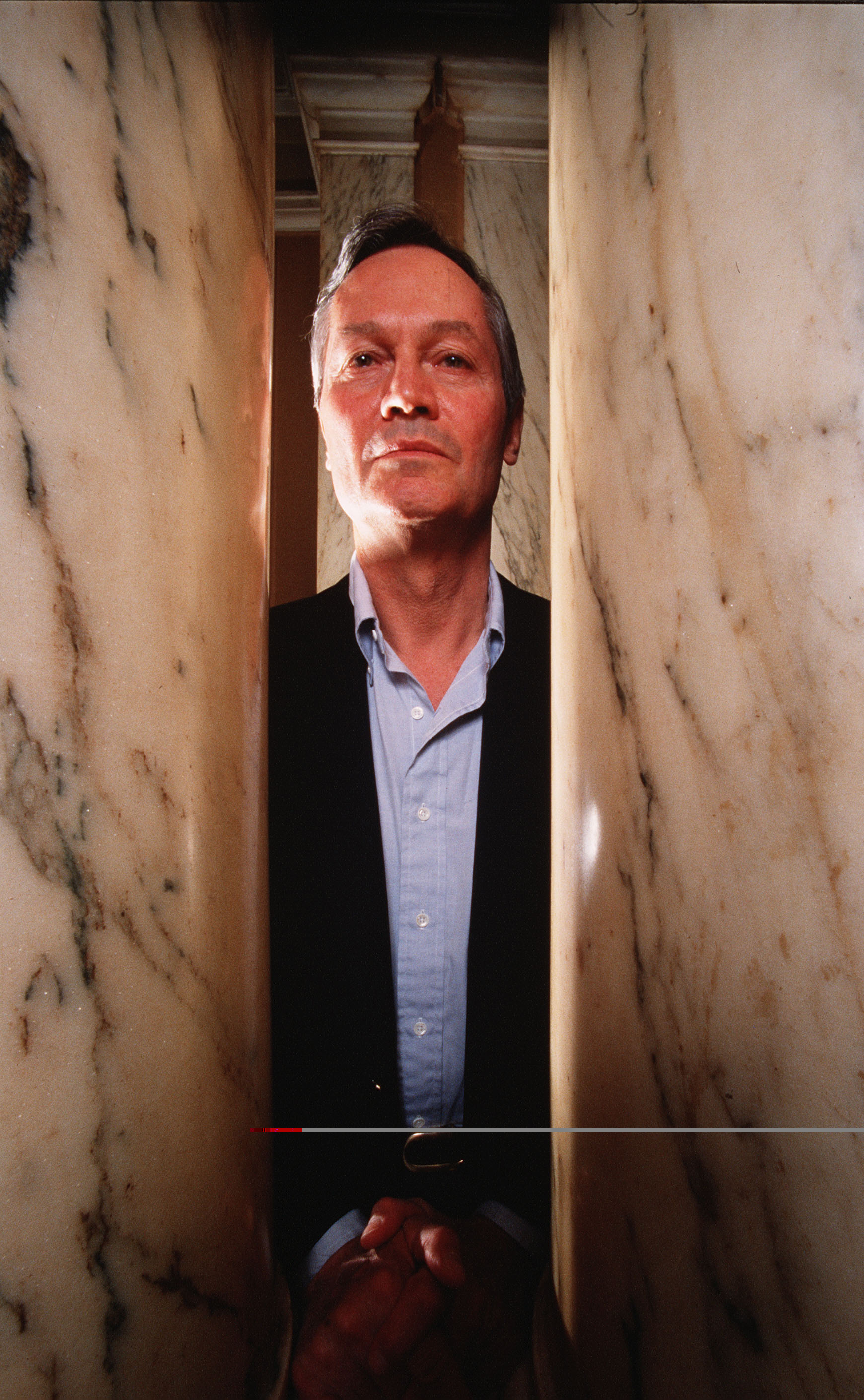
“Coppola’s apprenticeship with Corman cemented his determination to succeed,” says Rodney F. Hill. “He was willing to work for very little money just to gain more experience in the various aspects of filmmaking. That determination has sustained him throughout his long career.”
Hill also links the filmmaker’s time with Corman to his mastery of artisanal special effects in Bram Stoker’s Dracula or his multiple forays into independent cinema, from his own It Rains on My Heart to his modern and experimental The Ageless Man (2007), Tetro (2009) or the vampire film Twixt (2011). “In all these cases, Coppola followed Corman’s model of traveling in a caravan of small vehicles and limiting himself to whatever equipment could be transported in a modified van. Corman used a souped-up Volkswagen minibus,” notes the academic.
Joaquín Vallet adds The Conversation (1974), “another very economical film where there is great budget control.” “For me, Coppola blows up when he sees himself free. Apocalypse Now is a masterpiece, but the production [which lasted 238 days of shooting and caused a two-year delay in the release] was hell, absolute madness. When he has no one to hold him down, the productions get out of control. That is what seems to have happened to him with Megalopolis,” reflects the critic.
The director continued to maintain a friendship with Roger Corman, who had a small role in The Godfather: Part II (1974) and lived to see Megalopolis in a private screening in March, two months before his death. It is not known what the old master of B-movies thought of Coppola’s long-dreamed-of project, although it does contain practical effects through visual tricks and lighting, elaborate sets and, regardless of its performance at the box office, every dollar invested is on display.
When Corman died, Coppola made it clear that he still had his lessons very much in mind: “He was my first boss, teacher, mentor and role model. There is nothing about making films that I did not learn from him.”
Sign up for our weekly newsletter to get more English-language news coverage from EL PAÍS USA Edition
Tu suscripción se está usando en otro dispositivo
¿Quieres añadir otro usuario a tu suscripción?
Si continúas leyendo en este dispositivo, no se podrá leer en el otro.
FlechaTu suscripción se está usando en otro dispositivo y solo puedes acceder a EL PAÍS desde un dispositivo a la vez.
Si quieres compartir tu cuenta, cambia tu suscripción a la modalidad Premium, así podrás añadir otro usuario. Cada uno accederá con su propia cuenta de email, lo que os permitirá personalizar vuestra experiencia en EL PAÍS.
¿Tienes una suscripción de empresa? Accede aquí para contratar más cuentas.
En el caso de no saber quién está usando tu cuenta, te recomendamos cambiar tu contraseña aquí.
Si decides continuar compartiendo tu cuenta, este mensaje se mostrará en tu dispositivo y en el de la otra persona que está usando tu cuenta de forma indefinida, afectando a tu experiencia de lectura. Puedes consultar aquí los términos y condiciones de la suscripción digital.
More information
Archived In
Últimas noticias
Welcome to the post-religion era: The idea of Christianity as the absolute truth has become obsolete
‘I thought you would like it’: The risky sexual practice popularized by TV shows and TikTok
The digitalization of tourism: ‘They promise experiences and gave us the worst possible one’
Mexican peso defies uncertainty with forecasts of a new period of stability in 2026
Most viewed
- Sinaloa Cartel war is taking its toll on Los Chapitos
- Reinhard Genzel, Nobel laureate in physics: ‘One-minute videos will never give you the truth’
- Oona Chaplin: ‘I told James Cameron that I was living in a treehouse and starting a permaculture project with a friend’
- Why the price of coffee has skyrocketed: from Brazilian plantations to specialty coffee houses
- Silver prices are going crazy: This is what’s fueling the rally










































